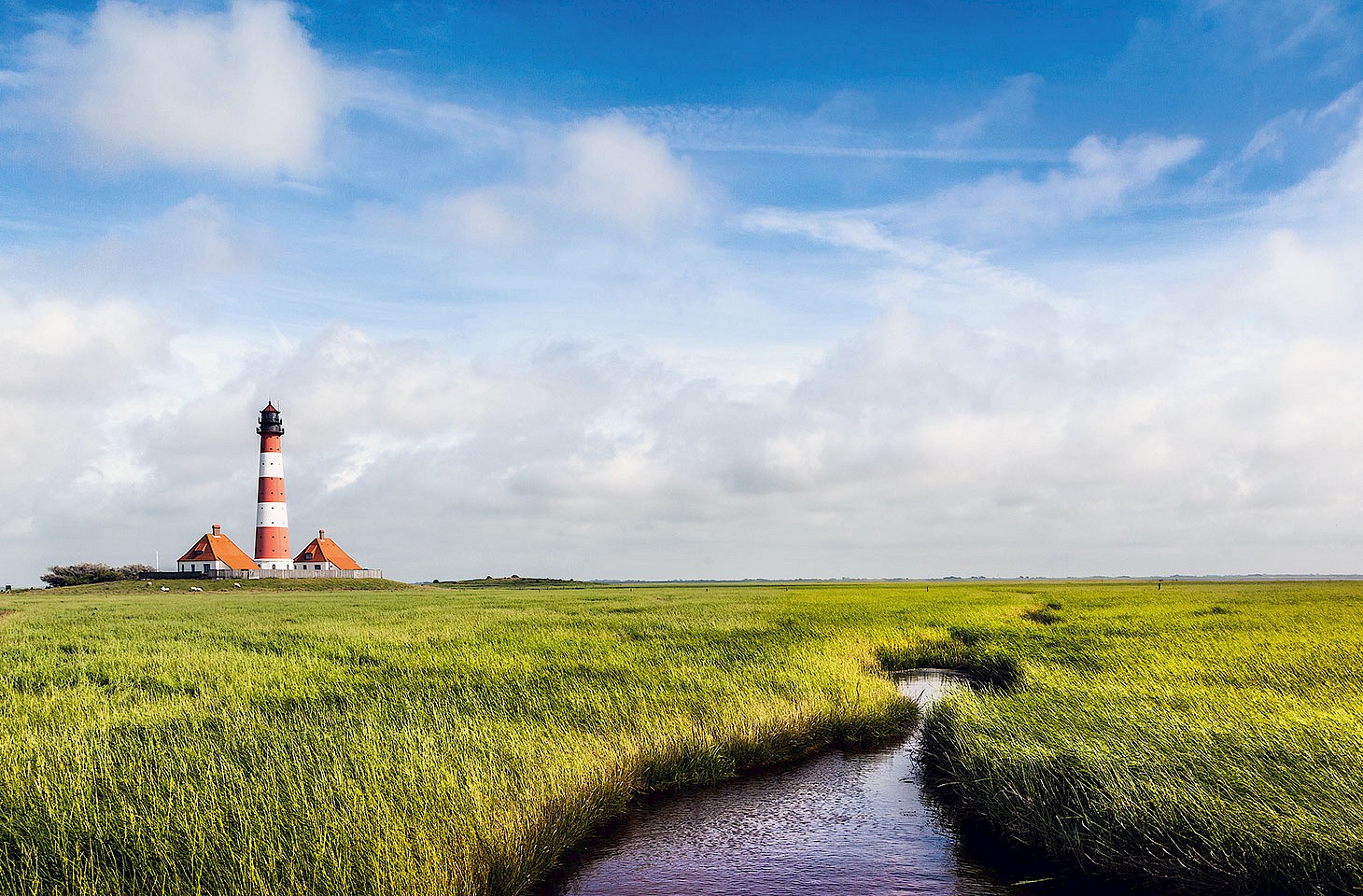Dear fellow travellers
Cruise passengers in the Caribbean on ships which dock at Charlotte Amalie, the capital of the US Virgin Islands, probably do not have the finer points of European colonial history uppermost in their minds. But Charlotte Amalie on the island of St Thomas, a place that nowadays makes a decent living from those cruise ship calls, has a hidden European history. And it is on 31 March each year that this most American of Caribbean islands recalls its Danish past.
Until 1917, St Thomas was part of the Danish West Indies. It was on 31 March 1917 that the islands were officially given to the United States: Transfer Day. There were three main islands in the Danish West Indies: St Thomas, St John and St Croix. All were ceded to the US in return for a shipment of gold. In places like Charlotte Amalie, named after the late seventeenth-century queen of Denmark, there are reminders of a lost Danish past. Under Danish rule, the capital of the island group was not Charlotte Amalie on St Thomas but the town of Christiansted on St Croix. Stop off in Christiansted today and you'll find a small township with architecture that is more Danish than Caribbean. The old Danish Lutheran church is still going strong; there is a Danish cemetery, and some of the local businesses are still run by families with distinctly Danish names.
Nowadays the Stars and Stripes flies over the three islands that have a rich Danish heritage. But on 31 March each year, space is made for the Danish flag too. If there were Danish doubts about the wisdom of the deal, they were allayed in the months after the sale. For the islands were visited in quick succession by a hurricane, an earthquake and a tsunami. The clean-up bill cost the United States very much more than they had paid for the islands in the first place.
Visit the Caribbean today, and you will find little hidden corners of European heritage in many of the islands. Throughout the Antilles françaises (the French West Indies), all things French are very much to the fore. On the island of Martinique a beautiful copy of Paris' Sacré-Coeur basilica stands amid lush tropical vegetation. The nearby island of Saint-Barthélemy is at first sight just like the French Riviera. But it is not for nothing that the main town on Saint-Barthélemy is called Gustavia. For almost one hundred years, Gustavia was a Swedish outpost in the Caribbean. The town is named after King Gustav III of Sweden. Some street names are bilingual - French and Swedish. Odd to find a Prinsgatan (Princes Street) and Kongsgatan (King Street) in the Caribbean sunshine. There is an old Swedish customs house, a handful of Swedish houses and an impressive belfry that once stood beside the old Swedish Lutheran church. Sadly the latter has long gone.
It is not just in the small townships of the Caribbean that one runs into the architectural legacy of Europe. Estate houses from Haiti to Guadeloupe replicate European styles. And even the typical rural huts, the chattel houses, on different Caribbean islands often reflect early colonial influences. We are all aware of French and Dutch territories in the Caribbean. Other early colonial influences are less often remarked. For example, Barbados was Portuguese for a spell before it was abandoned to the British. And 31 March is a day to remember those one-time Danish outposts in the tropics.


